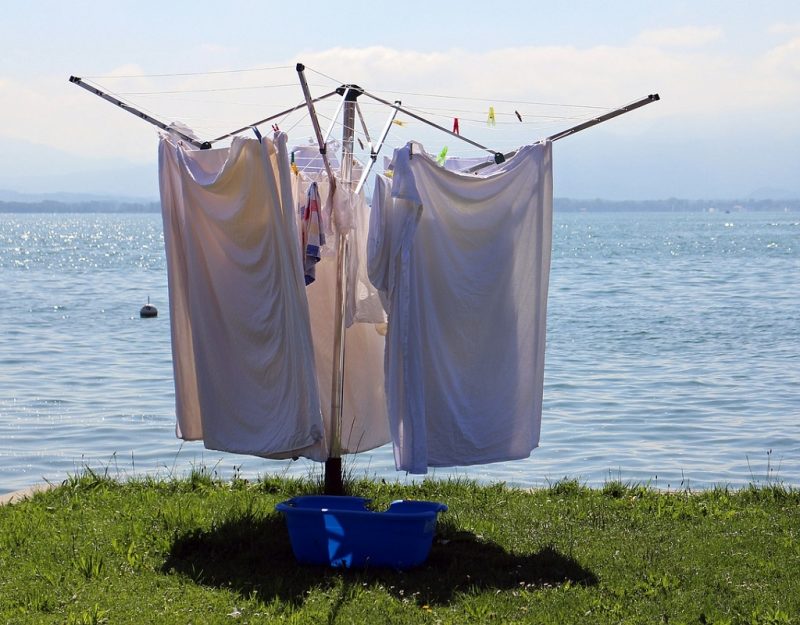As most of us unfortunately know, blood stains can become stubborn stains if you’re not quick to treat them. Here are the best ways to remove blood stains from fabric.
Removing blood stains from clothes or fabric
Blood stains can become a real problem if they set. The best way to remove blood from fabric is to quickly run the stain under cold water before it has the chance to dry. If blood has dried before you get a chance to treat the stain, try flushing the stain thoroughly with cold water first. You can then try soaking the stain in a solution of detergent, water and a small amount of ammonia before thoroughly flushing the stain with more water and checking if the stain has been removed.
Some other blood stain removal methods include:
- Gently bleach blood-stained clothing using a weak solution of hydrogen peroxide (yep, the stuff you buy at the chemist to treat cuts and scrapes with). This can be dangerous on coloured fabric, but works well for whites. Try a 3% solution in water, apply and then blot gently with a white towel.
- Mix a solution of 2 tablespoons of ammonia with 1 cup of water before rinsing and blotting repeatedly. Then follow with a solution of 1 cup vinegar to 2 cups of water to neutralise the ammonia.
- Salt water on washable fabrics can also remove blood stains.
- Another thing to try is to soak the garment in an effervescent denture tablet in a small bucket of water.
Removing blood stains from unwashable fabrics
If the care label says the clothing is not washable, the easiest thing is to take the item straight to the drycleaners. If you would prefer to try to remove the stain at home however, try blotting the stain with a towel and some dry cleaning fluid available from hardware shops or supermarkets. Blot inside the clothing to push the stain outwards.
Removing blood stains from carpet or furniture
Blot up as much of the blood as possible with paper towel. Then you can try a couple of different methods once you’ve tested the carpet or furniture material for colourfastness.
- Mix a quarter teaspoon mild detergent with one cup water (try to avoid using a detergent that contains optical brighteners or it can discolour fabrics and carpets over the long term). Blot from the outside of the stain into the centre with white towels or paper towels to see how much of the stain transfers.
- Fresh blood stains can sometimes be removed by placing ice cubes over the stain and blotting with paper or cotton towels.
Stain remover notes
- The quicker you deal with a stain, the more likely you are to remove it.
- Unless it’s a fat stain, cold water is best for rinsing a stain, so as not to set it and make it harder to remove later.
- Before using a cleaning solution, test on an inconspicuous section, such as the inside of a sleeve, to check it won’t ruin the fabric.
- Always rinse out one cleaning solution before trying another to remove a stain as certain chemicals are not supposed to be mixed.
- Read the care instructions on the item of clothing before attempting vigorous stain removal. Some clothing may be too delicate to attempt stain removal and are better taken straight to the drycleaners.
- Don’t rub fabric harshly to remove stains as this can abrade fibres and cause fading.
- The white towel blotting method is often recommended for stain removal. Simply fold a clean white towel and, once you have treated the stain with water, gently dab it with the towel and check to see how much of the stain has transferred to the white towel.
- If using commercial stain removers and detergents, always follow the product label to understand the proper use and safety precautions you may need to take.
- It’s always easier to treat a stain on a washable fabric.






Leave A Comment
You must be logged in to post a comment.